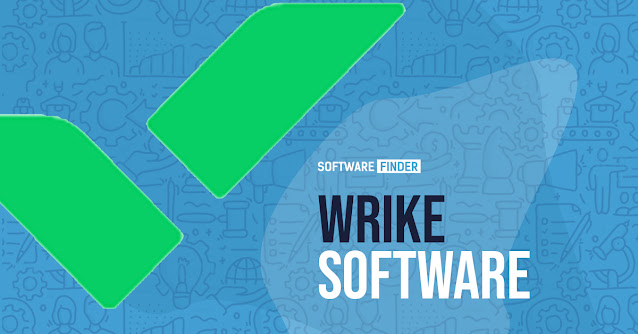Aha! Vs Asana - What Are the Differences?
Aha software
Aha software and Asana software are
very similar. However, there are some key differences between the two. In this
comparison, we'll examine the features, satisfaction, and vendor relationships
of each. You'll also find 25 ways to evaluate each product. If you're
considering switching to Aha software, read on to discover what the main
differences are.
Aha's
pricing is quite competitive. The basic tier starts at $59 per month. There are
also higher-tier options available for larger companies. Incoming customers can
sign up for a free 30-day trial, which gives them a chance to compare features
and pricing.
Asana software
When
it comes to choosing project management software, Aha! and Asana software have
a lot in common. The two are similar in terms of features, cost, and
deployment, and they both cater to the same target market. However, they have
some distinct differences that you should be aware of before making your final
decision.
One
of the biggest differences between the two software is how they view strategic
initiatives. The software is designed to help teams track their progress
against these goals. For example, it can import existing project information
from Asana. Similarly, the software allows users to send work to each other.
While
Asana software is designed to
track project progress and assign tasks, Aha! also facilitates team
collaboration. Users can view project statuses by using Gantt charts, and
assign tasks to the appropriate team members. Moreover, the system has five
visual road mapping templates, powered by Aha! data model. These templates
include Product Roadmap, Technology Roadmap, Consulting Roadmap, Manufacturing
Roadmap, and Marketing Roadmap. Both tools also allow users to attach files and
notes to their tasks.
Features & benefits of Aha
Aha!
is a software that helps users to create 'aha' moments. It's a cloud-based
solution that does not consume device storage and has four main features. These
features represent tasks that are usually included in a strategic plan. These
include: roadmaps, planning tools, user feedback, and product management.
Its
project management tools are integrated with other software, including Quick
Base, Microsoft Project, and GitHub. They enable you to create and share a
visual roadmap, measure time to completion, and track dependencies. They also
provide tools to measure resources and timelines. For agile teams, Aha! is a
great choice because it integrates with several tools and provides granular
permissions for users.
Read
more: Trello
Review Vs Airtable Review - Which is Right for Your Team?
Aha!
also helps entrepreneurs set pricing structures, based on data from thousands
of companies and products. However, it is costly and lacks mind maps. Its
competitor, ClickUp, offers a similar list of features but is more affordable.
It also has a free trial and paid plans starting at $5 per user per month. It
also offers a 30-day money-back guarantee.
Features & benefits of Asana
One
of the major features of Asana is its ability to help you work collaboratively
across a team. You can create tasks and assign them to your team, whether they
are in-house or remote, and Asana can help you coordinate tasks quickly and
easily. It also offers many integrations, which can be useful for teams that
work on multiple projects. However, many users complain that the premium
versions of Asana are expensive, and they are unaffordable for small
businesses. Additionally, they report that the cost of upgrading from the free
version is prohibitive and that advanced features of Asana are locked behind
premium purchases.
Aside
from improving circulation, asanas also work to lubricate the muscles and
joints of the body. They also stimulate the adrenal glands and help the body
release stress. Practicing yoga is a great way to improve your health.
What are the differences?
Aha!
and Asana are the top project
management software that both focus on a project's work plan and assign
tasks to team members. Both have features that make them similar to one
another, but they do differ from one another in some important ways. Asana is
flexible and lets you assign tasks to individual team members; Aha! promotes a
structured workflow and helps you assign tasks to members. It also visualizes
phases and assigns tasks to individuals.
Both
tools offer powerful visual editors for data mapping. They allow you to specify the mapping between Aha! and Asana, and they preserve the relationships between
source and target data. You can map data one-to-one or one-to-many, save
workflows, and apply complex mathematical operations to map data. Both tools
also support lookup mapping and constant values.
.png)



Comments
Post a Comment